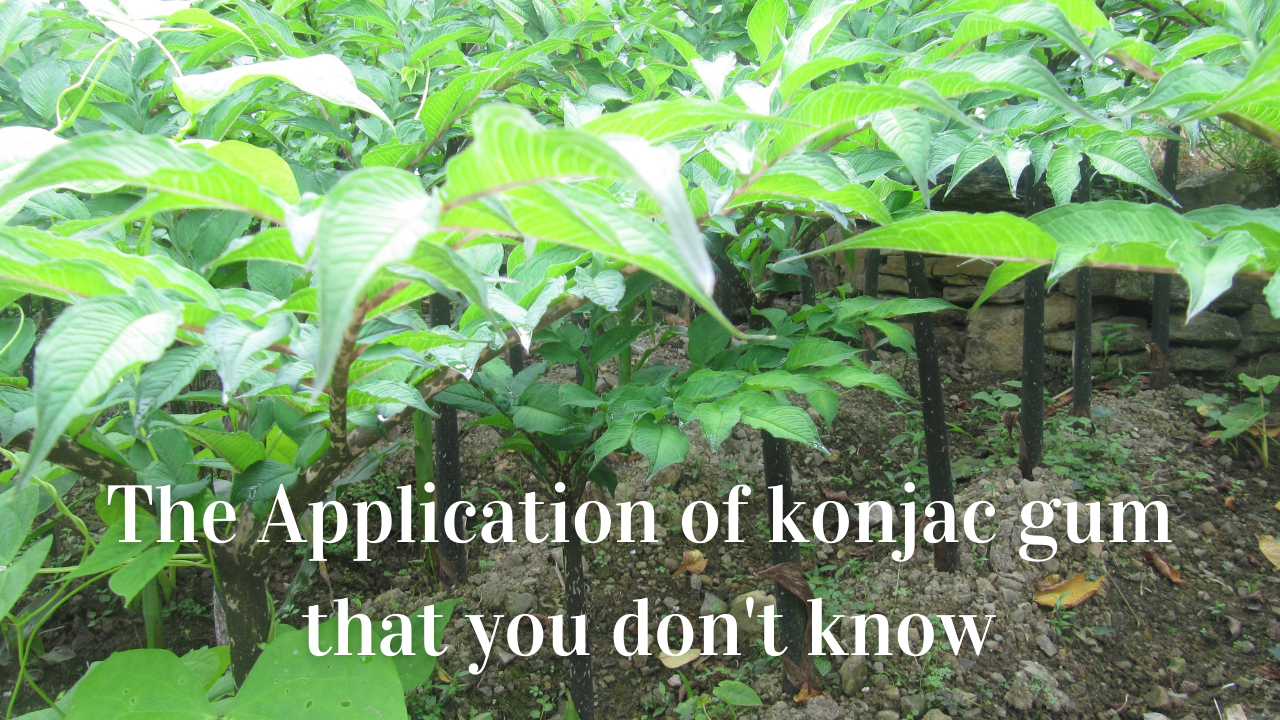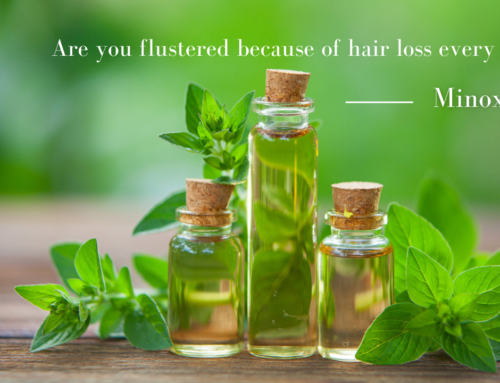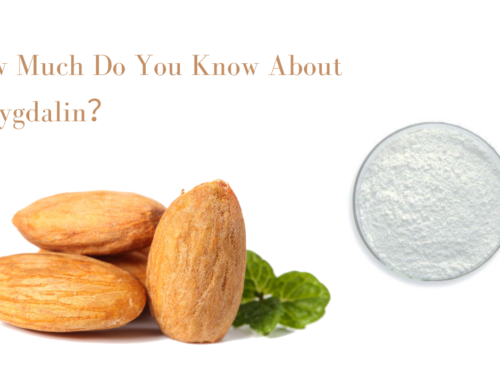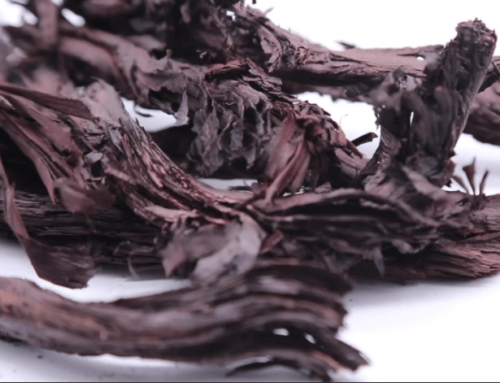The Application of konjac gum that you don’t know
Do you want to know the “konjac gum”?
Konjac gum is a water-soluble colloid with a long history of cultivation in my country. It is rich in many nutrients, including essential amino acids and other trace components. Its main component is glucomannan, which is a low-calorie, low-protein, high-dietary fiber weight-loss food and natural health product.
It is widely used in daily life, such as: konjac cake, konjac tofu, konjac vermicelli and various bionic foods (such as shrimp, kidney flower, tendon, sea cucumber, jellyfish skin, etc.).
Nutrients in konjac gum
1.Sugar
Glucomannan is the main component unique to konjac tubers. Its molecular formula is (C6H10O5)n. Its content is about 44% to 64%, and the other type is starch and other polysaccharides.
2.Protein and amino acids
The crude protein content in konjac tubers is 5% to 10%, and the total content of 16 amino acids is 6.8% to 8.0% (there are 7 essential amino acids). There are 18 kinds of amino acids in flower konjac, with a total amount of 6.283%, of which 2.634% are necessary for the human body. The contents of white konjac tablets are 5.14% and 2.137% respectively.
3.Minerals
Konjac contains a variety of minerals, with high contents of K, Ca, Mg, Fe, Mn, Cu, Co, etc. in the tubers.
4.Other ingredients
The alkaloid content is 1% to 2%, which is toxic and contains a lot of calcium oxalate crystals, so konjac must be processed before it can be eaten. In addition, konjac can be processed to separate betulinic acid, β-sitosterol, melisane, xylose, carotene, thiamine, riboflavin, ascorbic acid and other substances.
Application
Konjac gum can be mainly used as food and food additives. It can be used as a thickener and stabilizer, a binder, a gelling agent, etc. Konjac gum not only contains sufficient nutrients but also has health care functions. Its active ingredient is Glucomanan. Polysaccharide (KGM) is not only widely used in the food industry as a food additive, but also plays an important role in agriculture, medicine, and other industries.
In food:
KGM has various properties such as hydrophilicity, thickening, stability, emulsifying, suspending, gelling and film-forming properties. It can be made into various food additives and is widely used in the food industry. It can make the taste smooth and delicate; the appearance is smooth and the texture is loose; it can increase the toughness of noodles; extend the shelf life and improve product quality.
In agriculture:
Antioxidant, improve food preservation ability; improve the hardness and elasticity of aquatic feed, reduce protein loss.
In medicine:
The nutritional and health-care function of konjac is to exert the regulating effect of dietary fiber on nutritional imbalance, such as preventing and treating constipation, lowering blood lipids, losing weight, etc.
Used to make contact lenses and medical optical products; adding konjac glucomannan to eye protection solution can prevent eyes and contact lenses from drying out. Konjac Glucomannan gel can be used to stop bleeding and promote wound healing after disinfection.
Applications in other industries:
In the textile industr: It is used as a sizing agent for wool, linen and cotton yarns, a printing and dyeing paste for double-sided transparent printing on silk, and a softener for post-processing; used as flavor preserving agent in tobacco processing; in the cosmetics industry, it is used as an additive in skin creams and shampoos.
In addition, it plays a huge role in wastewater treatment, construction industry, chemical industry, biological field and other aspects.
Of course, konjac gum still has a lot of potential development value, which means that konjac has an unlimited market.
Here we provide konjac gum my customers with the best quality and reasonable price, making it one of the healthiest choices in the aisle of agricultural products.






Leave A Comment